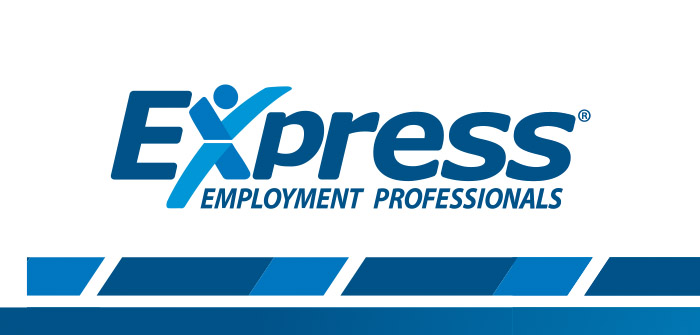By James C. Price (originally published in the Express Employment Professionals Refresh Leadership Blog, 6 Jan 2020) | www.refreshleadership.com/
Every year when the calendar turns over from December to January, leaders across every industry and business sector turn over a new leaf on a new year. And while most embrace this opportunity as a chance to build upon the success experienced in the previous year, they also see the need to create strategic goals that create sustainability and focus within the organization. There is a place for large-scale, grandiose goal-setting that ignites your employees and rallies your company around results-driven success. However, these types of goals tend to focus on the big picture without giving employees the tangible guidance needed to reach them. This year when creating goals for your organization, it’s important to embrace both the big-picture while also creating small attainable tasks that feed into the end goal. This technique will help your organization create business goals that stick.
Input vs. Output Goals
From George Doran’s development of S.M.A.R.T. goals to Franklin Covey’s Wildly Important Goals, organizational consultants have focused on making goal-setting more effective for leaders and businesses alike. And while both techniques are incredibly useful and successful, one issue that can materialize during the process of setting goals is the convolution of the goal itself. Creating goals that are too complex and abstract can lead to the organization’s or employees’ abandonment of the goal. One way to avoid this fate is to focus on input and output goals.
Input goals are basically behavioral goals that help the person or teamwork toward a results-driving, big-picture goal—or an output goal. For instance, if a leader wants to increase customer social media engagement by 5% over the previous year (output goal), then they could create manageable tasks for their employees to work on that will help the organization reach the goal, e.g. engage with three customers per day on Instagram or Facebook, utilize an “influencer role” and comment on five posts per day, etc. (input goal).
Creating the Right Output Goals for Your Organization
Before determining the behavioral tasks you and your employees can start to work toward your annual vision, you first need to create the right output goals for the organization. In a previous Refresh Leadership post, we explained the importance of creating the right goal for your company. With the past year behind us, analyze what successes your company experienced, what growth you observed, and which areas of opportunity exist for improvement. Understanding the baseline will help you create realistic, attainable, yet still audacious, goals to strive for this year.
When developing output goals, it is important to find the sweet spot between shooting too low and aiming too high for a specific area of focus. If applicable, look at the data points over the past few years to help determine a healthy growth percentage. You want to be aggressive and competitive with your approach, while still maintaining a conservative understanding of what realistically can be achieved. If developing a goal that hasn’t been a focus in the past, e.g. moving into a new business sector or developing a new service line, the goal can be more straight forward. Using the S.M.A.R.T. goal-setting formula is a highly effective technique when creating output goals, as is Franklin Covey’s Wildly Important Goal method.
Creating Input Goals that Align with Output Goals
Once the output goals have been developed, you can start to create the input goals and tasks that help drive your team toward the output goal. This technique is the secret sauce that will help the goal stick and create buy-in among team members. While lofty, big-picture goals can help drive overall success, the breakdown of individual tasks is what creates employee engagement and ensures all parties feel a sense of contribution to the organizational goal.
Consider a funnel. The input goals are each daily/weekly task that goes into the top of the funnel to help deliver the single end result from the smaller end of the funnel. Each person on your team can have specific input goals separate from one another that all contribute to the output goal.
For example, here is what an input/output Goal can look like:
Output Goal
Grow our annual gross margin by X% or $X
Input Goals
Conduct X amount of sales calls per week
Develop X amount of content marketing campaigns
Advertise in X more markets
Each person can participate in the goal by contributing to their own input goals. Not only does this create buy-in and engagement, but it also helps with the morale caused by completing specific tasks along the way. Allowing tangible ways to align with the output goal is imperative to moving the goal forward.
New year, new goals.
With the year and new decade already underway, now is the time to start looking toward the future and developing input/output goals that will help you and your organization succeed in the ‘20s. By focusing on the big picture, while funneling attainable goals that drive your team, you can ensure not just success for your organization, but also for you and your employees.



